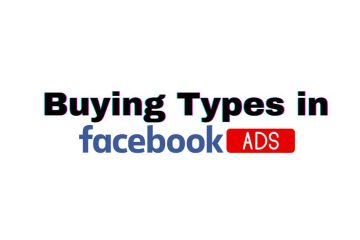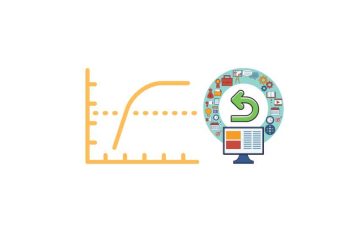ChatGPT is a large language model developed by OpenAI. It is capable of generating human-like text based on the input it receives, making it useful for a variety of tasks, including content production. In today’s fast-paced digital world, it is crucial to produce high-quality content quickly and efficiently to keep up with the demands of the audience. The purpose of this blog is to provide an overview of ChatGPT and how it can be leveraged to improve the effectiveness and efficiency of content production.
Understanding ChatGPT and its Capabilities

ChatGPT is a transformer-based language model that has been trained on a massive amount of text data, allowing it to generate text that is similar to human writing.
Some of the key features of ChatGPT include the ability to generate text in a conversational style, the ability to complete text based on partial input, and the ability to generate text in multiple languages. ChatGPT can be used for a variety of tasks, including content creation, conversation generation, and language translation, among others.
Integrating ChatGPT into your Content Production Workflow
Planning and Preparation: Before integrating ChatGPT into your content production workflow, it is important to have a clear understanding of your goals and objectives, as well as the specific tasks that ChatGPT can assist with. This will help you determine the best way to use ChatGPT to improve your workflow.
Setting up ChatGPT: Setting up ChatGPT is relatively straightforward and can be done through APIs provided by OpenAI. Once you have set up ChatGPT, you will need to train it to understand the specific language and writing style you need for your content production tasks.
Best Practices for ChatGPT Integration: To get the most out of ChatGPT in your content production workflow, it is important to follow best practices, such as providing clear and concise input, monitoring the output to ensure quality, and fine-tuning the model as needed. Additionally, it is important to have a plan for integrating ChatGPT with your existing tools and systems. By following these best practices, you can ensure that ChatGPT is a valuable asset to your content production workflow.
Maximizing the Benefits of ChatGPT in Content Production
Automating Repetitive Tasks: ChatGPT can be used to automate repetitive tasks, such as generating headlines, summaries, and outlines, freeing up time and resources for more creative and strategic work.
Enhancing Creativity and Productivity: ChatGPT can help to enhance creativity and productivity by generating new ideas and suggestions, and by reducing the amount of time spent on repetitive tasks. This can lead to the production of more original and high-quality content in less time.
Improving Consistency and Quality of Output: ChatGPT can be used to ensure consistency and quality in your content production by generating text that is free of errors and is written in a style that is consistent with your brand guidelines. This can improve the overall effectiveness and impact of your content. Additionally, ChatGPT can be trained to generate text based on specific keywords and topics, allowing you to focus on creating content that is aligned with your target audience and business goals.
Common Challenges and Solutions

Limitations of ChatGPT: Despite its many benefits, ChatGPT is not without its limitations. For example, it may generate text that is not relevant or is not in line with your intended message. Additionally, the output of ChatGPT may not always be grammatically correct or may contain biases learned from the training data.
Overcoming Language and Cultural Barriers: ChatGPT may struggle with understanding the nuances of different languages and cultures, leading to inaccuracies in the generated text. To overcome this challenge, it is important to provide ChatGPT with diverse training data that accurately represents the target language and culture.
Addressing Ethical and Legal Concerns: There are also ethical and legal concerns surrounding the use of AI in content production, including issues around data privacy and intellectual property rights. To address these concerns, it is important to have clear policies in place that outline how ChatGPT will be used and how data will be protected. Additionally, it is important to stay up to date with the latest laws and regulations surrounding AI and content production to ensure compliance.
Conclusion
In conclusion, ChatGPT is a powerful language model developed by OpenAI that can be leveraged to improve the efficiency and effectiveness of content production. To maximize the benefits of ChatGPT, it is important to have a clear understanding of its capabilities, integrate it into your workflow, and follow best practices such as providing clear input and monitoring the output. ChatGPT can automate repetitive tasks, enhance creativity and productivity, and improve the consistency and quality of output. However, it is important to be aware of the limitations of ChatGPT and address ethical and legal concerns. With the right approach, ChatGPT can be a valuable asset to any content production workflow.

Hello, I’m Ali Raza, the brain behind Digital Realm Trends.
Hailing from the vibrant world of digital marketing, I’ve honed my skills over years. Based on my experience, I’m here to unravel the complexities of digital marketing, analytics and paid marketing, crafted for individuals like you. Join me in uncovering the power of digital marketing tools and strategies, fueled by experimentation and insights.




